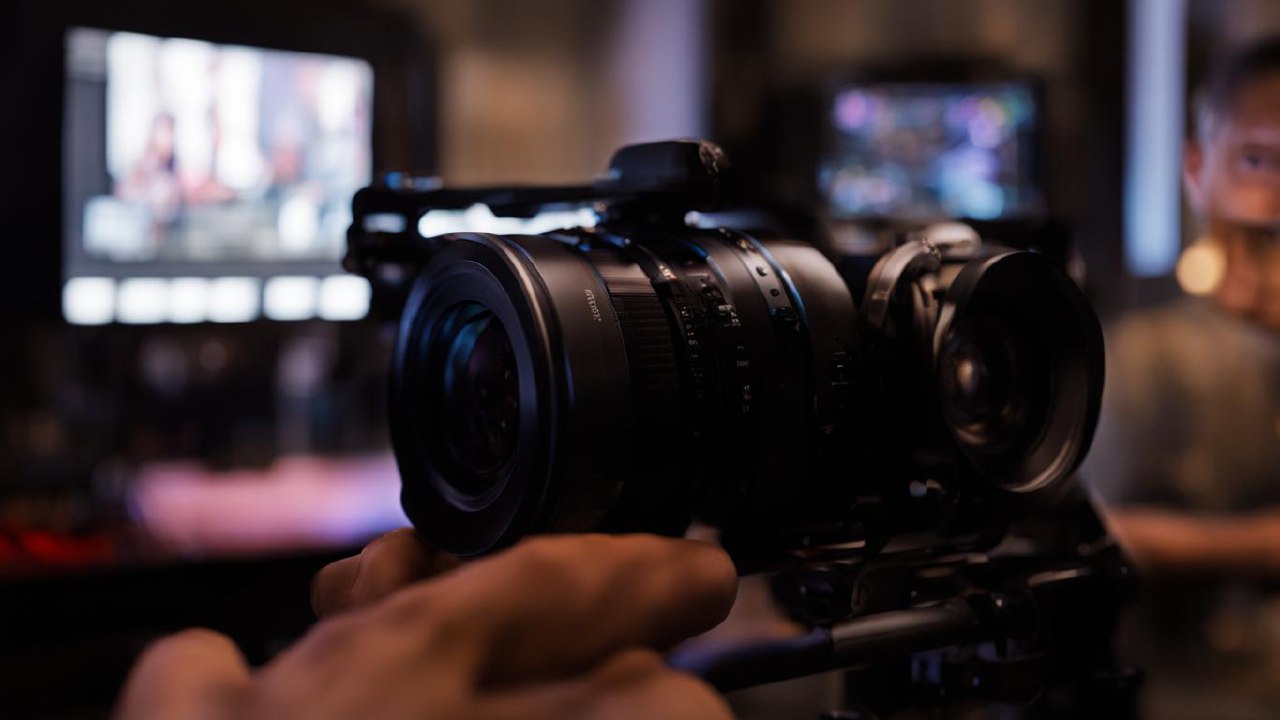Constructing a professional-looking video review includes more than just occupying good footage; it also demands meticulous editing. Rewriting can transform inexperienced clips into a polished and engaging review that holds your hearing’s attention. In this place are some essential editing tips to help you produce finest video reviews that stand out.
- Plan Your Edits
Before you even start refining, it’s important to have a clear plan. Outline the construction of your video review: introduction, main content, and end. Knowing the flow of your review helps streamline the refining process and ensures you don’t miss some crucial points.
- Storyboard Your Content: Outline or list the key scenes and changes. This helps in visualizing the final product and ensures a understandable narrative.
- Gather All Assets: Accumulate all necessary matters, such as product shots, B-roll movie, graphics, and music tracks, before you start rewriting.
- Choose the Right Operating system
The choice of editing software can considerably impact the efficiency and quality of your rewriting process. Software like House Premiere Pro, Last Cut Pro, and DaVinci Resolve offer healthy features suitable for professional refining. For beginners, tools like iMovie or Brick Premiere Rush are more convenient yet effective.
- Survey Tutorials: Familiarize yourself accompanying the software’s appearance through tutorials available connected to the internet. Knowing shortcuts and leading features can save opportunity and enhance your editing abilities.
- Focus on Clear and Charming Intros
The first few seconds of your video are important for grabbing your audience’s consideration. Create a irresistible intro that quickly transports the purpose of the review and what viewers can expect.
- Use Noticeable Graphics: Include dynamic text, animations, or trademarks to make your introduction visually appealing.
- Hook Your Hearing: Start with a surprising experience, a bold assertion, or an engaging question to pique interest right away.
- Assert a Steady Pace
Pacing is key to custody viewers operating. Avoid long, monotonous portions by varying the music of your edits. Quick cuts can keep the strength high, while slower importance can emphasize main points.
- Cut Out Unnecessary Content: Be heartless in trimming filler content. Each second should do a purpose.
- Use B-Roll Footage: Overlaying B-roll footage (additional footage that enhances the basic video) can depict points and keep the visual flow active.
- Enhance Visual and audio entertainment transmitted via radio waves Quality
Clear, crisp visual and audio entertainment transmitted via radio waves is just as important as superior visuals. Weak audio can distract witnesses and diminish the overall professionalism of your broadcast.
- Use External Microphones: Purchase a good external microphone to capture clear visual and audio entertainment transmitted via radio waves.
- Edit Audio Alone: Use audio refining tools to clean up training noise and balance levels. Regulate the volume so that your voice is continually clear and distinct.
- Add Piped in popular music: Choose sovereignty-free music that complements the tone of your review. Guarantee it’s not too loud and doesn’t beat your narration.
- Apply Transitions and Effects Seldom
Transitions and belongings can add polish to your video, but overuse them can be confusing. Choose quiet transitions like crossfades and cuts to maintain a professional look.
- Regularity is Key: Stick to a few change styles to create a united feel.
- Highlight Key Points: Use belongings to emphasize important facts, such as passage overlays or animated graphics, but prevent excessive use.
- Include Graphics and Text
Increasing graphics and text can create your video more educational and visually appealing. Use lower-third base to introduce yourself or key points, and on-screen passage to highlight main information.
- Stay on Brand: Use fonts and banner that match your tainting. Consistency in design elements helps in designing a recognizable style.
- Be Clear and Concise: Guarantee that text is coherent and on screen long enough to be read luxuriously.
- Color Correction and Grading
Color fixing ensures that your movie looks natural and consistent, while color ranking can enhance the mood and style of your program.
- Correct Lighting Issues: Regulate brightness, contrast, and white balance to fix some lighting discrepancies.
- Add a Style: Apply color evaluating to give your video a singular look that fits your brand. Use LUTs (Look-Up Tables) if available for speedy grading.
- Add Call-to-Conduct (CTAs)
Encourage viewer date by adding call-to-conduct. Prompt your audience to like, comment, subscribe, or visit a link.
- Calculated Placement: Position CTAs at first, end, and at relevant points within the broadcast.
- Be Direct: Clearly instruct witnesses on what you want ruling class to do.
- Review and Refine
Certainly, always review your edit diversified times before issuing. Look for any discrepancies, errors, or places where the television can be constricted up.
- Get Feedback: Show a draft to companions or colleagues for their recommendation.
Watch with Fresh Eyes: Take breaks betwixt editing sessions at hand back with a new perspective and catch mistakes you might have misplaced.
